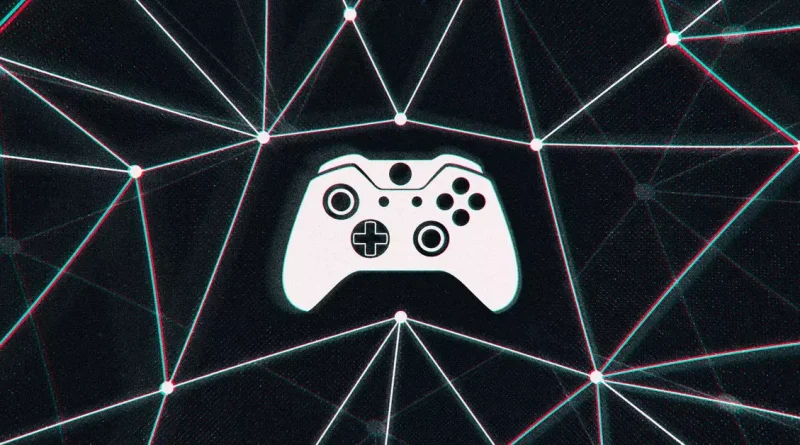The Future of Gaming: Microsoft’s Vision for Cloud Hybrid Games
Microsoft has always been at the forefront of innovation in the gaming industry, constantly pushing the boundaries of what is possible. Recently, leaked documents from the FTC v. Microsoft case have shed light on the company’s far future plans for 2028. These documents reveal Microsoft’s vision to achieve “full convergence” of its cloud gaming platform and physical hardware, allowing for the creation of “cloud hybrid games.” This article will delve into the details of this vision and examine the potential impact it could have on the future of gaming.
In a leaked presentation titled “The Next Generation of Gaming at Microsoft,” one slide captures the essence of Microsoft’s vision: “develop a next-generation hybrid game platform capable of leveraging the combined power of the client and cloud to deliver deeper immersion and entirely new classes of game experiences.” This ambitious goal demonstrates Microsoft’s desire to offer gamers a truly immersive gaming experience that blurs the line between physical hardware and cloud-based gaming.
This idea may sound familiar to avid followers of the gaming industry. In fact, it bears striking resemblance to an idea that was proposed back in June 2021. The concept of building games that seamlessly scale from native hardware to the cloud was one that had caught the attention of many, including myself. Microsoft recognized the unique opportunity afforded by this concept and sought to explore its potential.
Microsoft had already taken some steps towards this vision with its cloud-powered features in games like Microsoft Flight Simulator. By streaming photorealistic scenery from the cloud, the game was able to create a responsive and immersive experience for players. However, Microsoft’s new vision, referred to as “Cohesive Hybrid Compute,” envisions a more comprehensive approach. This architecture aims to unify silicon, graphics, and the operating system to enable ubiquitous play.
To bring this vision to life, Microsoft would need to collaborate with key partners, such as AMD, for advanced silicon solutions. The leaked documents suggest that Microsoft was considering the use of AMD’s Navi 5 graphics and Zen 6 CPU cores. Additionally, an NPU (machine learning AI coprocessor) would be integrated to provide various benefits, including super resolution, latency compensation, and frame rate interpolation.
Before proceeding with implementation, Microsoft needed to make critical decisions on the hardware and software fronts. This included designing a thin operating system to run the local components of cloud games, determining the responsible teams, and selecting the hardware to accompany the platform. It is worth noting that Microsoft is known for revising its plans and strategies, as demonstrated by its previous decision to abandon the “dedicated xCloud SKU” in favor of partnerships with other providers.
The leaked documents reveal that Microsoft’s top leadership, including CEO Satya Nadella, Xbox boss Phil Spencer, and others, were engaged in an ongoing conversation about this transformative vision. Nadella emphasized the need for a unified vision, stating, “We can’t go from big idea to big idea. We need a single big idea to rally the company around.” This sentiment highlights the importance of aligning the company’s systems talent to ensure the success of this groundbreaking initiative.
In line with its commitment to realizing this vision, Microsoft recently hired Kim Swift, a former Google Stadia design director known for her work on Valve’s Portal. Swift has been tasked with building a new team focused on cloud-native games. While it is unclear if her team is directly related to this specific initiative, it demonstrates Microsoft’s dedication to embracing fresh perspectives and pushing the boundaries of what is possible in the gaming industry.
Microsoft is not alone in its pursuit of cloud gaming innovation. Sony, another major player in the gaming industry, recently hired Jade Raymond, formerly associated with Google Stadia. Raymond’s studio is actively working on cloud gaming technology, hinting at a future where both Microsoft and Sony will heavily invest in cloud gaming.
The leaked documents regarding Microsoft’s vision for cloud hybrid games showcase the company’s ambition to revolutionize the gaming industry. By seamlessly integrating the power of the cloud with physical hardware, Microsoft aims to create a deeper and more immersive gaming experience. Though the specifics of implementation remain uncertain, one thing is clear: Microsoft is committed to pushing the boundaries of gaming and embracing new technologies to shape the future of the industry.






